However, we know the so-called variable valve timing technology, whose function is mainly to change the opening and closing time of the engine valve to achieve a more reasonable control of the amount of air required for the corresponding engine speed, mainly to reduce fuel consumption and improve economy . However, the actual power performance of the engine is related to the amount of oxygen that enters the cylinder per unit time. The variable valve timing system cannot effectively change this, so it does not help much in power improvement. Since the variable valve timing system is powerless, it is now time for the protagonist of this article to introduce the variable valve lift system. Compared with variable valve timing, valve lift systems are currently relatively rare, especially continuous variable valve lift technology is only the top secret core technology in the hands of several large manufacturers, so the equipment we can buy is variable There are not many models with valve lift systems. Let's take a look at which models are available. Before reading: This article will mainly introduce the variable valve lift systems of the three major manufacturers, but due to their respective technical differences and different brand levels, the grades of models involved in this article are quite different, so we only do technical analysis and there is no comparison between the models. Please pay attention to netizens. Honda variable valve lift technology: VTEC, i-VTEC "The engines of many Honda and Acura models are equipped with VTEC or i-VTEC systems" Honda is the first manufacturer to apply variable valve lift technology to the on-board engine. It is different from other manufacturers who first use variable valve timing and then add variable valve lift technology. Honda engineers at the beginning of the research and development project These two technologies are carried out simultaneously. Simple structure and ingenious design are the characteristics of Honda's variable valve lift mechanism. The specific working method will be introduced below. However, it is regrettable that although it has been in production for many years, Honda's variable valve lift technology does not seem to have made much progress at present, and it still stays at an adjustable level of only two or three stages (depending on the model, the specific technology has Difference), and newcomers like Fiat, Toyota, Nissan and BMW in the field of variable valve lift technology have developed their own continuously variable valve lift technology. But now there is news that Honda has also developed its own continuously variable valve lift and timing system AVTEC, but it has not been officially put into use. "R18A single overhead camshaft engine equipped with Civic" Here we briefly introduce the working mode of variable valve lift mechanism in VTEC and i-VTEC systems. Honda and Acura currently sell models in China with SOHC and DOHC engines. Although they are equipped with VTEC or i-VTEC systems, the specific implementation methods are not the same. Fit, Fengfan and Civic are equipped with Honda's R series engine, which adopts SOHC single overhead camshaft structure, and two intake valves and two exhaust valves are driven by one camshaft. The first thing to note is that most of the variable valve lift technology is currently applied to the intake valve end, and Honda's R series is no exception. We can see from the above figure that there is a special rocker arm between the two intake valve rocker arms, which corresponds to a high-angle cam on the camshaft, and two intake rocker arms at low engine speeds Separate from this special rocker arm, they are independent of each other. The intake rocker arm is only driven by a low-angle cam, so the lift of the intake valve opening is small, which helps improve fuel economy at low speeds. However, when the engine reaches a certain speed, the connecting rod controlled by the electronic hydraulic will connect the two intake rocker arms and the special rocker arm as a whole. At this time, the three rocker arms will be driven by the high-angle cam at the same time, and the valve will rise. The Cheng will also increase, the intake air volume per unit time is greater, so the engine power is stronger. "2.4-liter DOHC dual overhead camshaft engine powered by Accord and Spiro" In addition to the R series used in small cars and compact cars, the 2.4L models of domestic Honda's Spiro, Accord and CR-V are equipped with DOHC double overhead camshaft structure K series engines, which are also equipped with variable valve lift.程 技术。 Cheng technology. In addition, Honda's VTEC system can adjust the valve lift on the intake and exhaust ends of the DOHC dual overhead camshaft engine, but this function is not available for all Honda DOHC engines, only limited to certain models. 『Honda ’s variable valve lift function can work on both the intake and exhaust sides, but it is limited to certain models of engines〠The working principle is exactly the same as the intake end of the R series engine, which is achieved by the connection and separation of three rocker arms, but since the exhaust valve lift can also be improved, it means that the exhaust effect will be higher at high speeds. It can be more tacit and coordinate with the efficiency of the intake valve to enhance the power output of the engine. Through the above introduction, we can see that the structure of Honda's variable valve lift system is not complicated. The engineer used the third rocker arm and the third cam to realize the seemingly complicated valve lift change. But this principle is also a bottleneck that hinders Honda's variable valve lift technology advancement, because it is impossible to add more cams to the camshaft to achieve more levels of adjustment, so both Nissan and BMW have opened up new paths, and eventually achieved Let the valve lift be continuously variable. Let's take a look at how Nissan does it. Nissan Variable Valve Lift Technology: VVEL "At present, VVEL technology is only applied to two models of Nissan's high-end brand Infiniti" Nissan is a latecomer in the field of variable valve lift. For many years, this function has not been available on Nissan models. But at the end of 2007, with the launch of the fourth-generation G37, Nissan finally released its own variable valve lift technology VVEL. This technology was first equipped with the G37 ’s VQ37VHR engine, and the VQ37VHR was also the 2008 Ward. The winner of the top ten engines. The VK50VE engine of the FX50 that was subsequently launched was the second engine to use VVEL. At the same time, Nissan also has plans to popularize VVEL to its own low-end models. Honda's VETC uses different cams to change the valve lift at different speeds, while Nissan is making a fuss on the rocker arm that drives the valve movement. In order to realize the continuous variable function, a mechanism that can change the working condition steplessly must be developed. Nissan's VVEL system uses a simple screw and screw sleeve to achieve this purpose. 『Unique rocker arm structure that can realize VVEL continuously variable valve lift technology〠The screw can be understood as a common bolt in daily life, and the screw sleeve is a nut screwed on the bolt. The nut can move up and down along the thread on the bolt with rotation. From another perspective, this is a stepless adjustment method. . The engineers at Nissan added a set of screws (bolts) and nuts (nuts) to the valve rocker arm of the engine to make the valve lift continuous (stepless) variable. The specific implementation method is also very simple, here we have to admire the whimsy of these engineers. First of all, the on-board computer determines the position of the screw sleeve according to the current engine speed. The black DC motor is used to drive the screw sleeve. The screw sleeve is connected to the control rod by a connecting rod. The lateral movement of the screw sleeve can drive the control rod to rotate. When the control rod rotates, the upper rocker arm rotates with it, and the rocker arm is connected to link B (connecting rod B). When the rocker arm rotates counterclockwise, it will drive link B to push the output cam at the upper end of the valve lifter. Finally, the output cam will lift the valve to change the valve lift. If you do n’t understand it, please read this paragraph in conjunction with the two pictures above, it should not be difficult to understand. Nissan's VVEL continuously variable valve lift system can be continuously adjusted in a certain range (the size of this range is determined by the length of the screw and the angle of the output cam), and has corresponding valves for different engine speeds Lift, this form is undoubtedly more flexible and autonomous, but the current VVEL system is only used on the intake side, so there is room for evolution. Nissan also announced that it will apply VVEL technology to most of its models in 2010, and we look forward to it. BMW Variable Valve Lift Technology: Valvetronic "BMW Valvetronic is equipped on most BMW models" Compared with Nissan ’s VVEL, BMW ’s Valvetronic variable valve lift technology is more known. This is BMW ’s own variable valve lift technology released in 2001. It is widely used in BMW engines. BMW models other than M3 and M5 have this function. Like Nissan's VVEL, BMW's Valvetronic is one of the few valve lift technologies that can be continuously variable. BMW's Valvetronic system also relies on changing the rocker arm structure to control valve lift. Most of the traditional engines use the cam on the camshaft to squeeze the rocker arm to drive the valve lifter to move the valve up and down, and BMW engineers added an eccentric camshaft between the camshaft and the traditional rocker arm (above red) Part), using the change of the cam position on the eccentric camshaft to achieve the change of valve lift. The range of action of Nissan ’s VVEL depends on the length of the screw, and the valve lift range of BMW ’s Valvetronic is determined by the angle and height of the eccentric cam. According to official introduction, this system can increase the valve lift by up to 10mm. It is helpful to increase the intake air volume at speed. When the engine is working, the computer controls the angle of the eccentric cam according to the engine speed. When it rotates to the right, the valve rocker arm is also pressed to the lowest position, and the valve is opened the most. Although they all change the rocker arm mechanism between the camshaft and the valve lifter, the design ideas of BMW's Valvetronic and Nissan's VVEL are completely different, and they can be described as similar. However, some people think that BMW's system structure is a bit complicated, and its function in the high-speed limit state is not ideal, which is why M3 and M5 high-speed engines do not use Valvetronic. At the same time, as with VVEL, Valvetronic is currently only used on the intake side of the engine, so the development of a more powerful and lighter new Valvetronic system may be what BMW is doing now. to sum up: In addition to the three manufacturers introduced in this article, Fiat, Audi, Porsche, Toyota, Mitsubishi and Subaru have also realized the function of variable engine valve lift through their own technological exploration, but overall this technology is still far from domestic It has not reached the level of popularity. I hope that with the growth of the Chinese market, major joint ventures can introduce the latest technology to domestic models for sale as soon as possible. We also hope that our own brands can develop their own similar technologies as soon as possible.
Rental Led Display Screens
LED technology is the latest and the best in terms of the audio visual technologies out there and it is still evolving. There is a strong emphasis in making LED displays energy efficient, cost efficient and light weight apart from other quality requirements. Hence, LED cabinets are also now expected to be lighter in weight. This need has resulted into the gradual shift from the iron cabinet, aluminum cabinet, to the cast-aluminum and die cast aluminum as the weight of the cabinet is lighter. Cast aluminum and die cast-aluminum cabinets are the latest of the cabinets used for LED casing.
The cast aluminum and die cast-aluminum cabinets have high strength and high tenacity. They are highly efficient, provide excellent heat dissipation, energy conservation and environmental protection. Because of their outdoor usage, they can be made as a waterproof cabinet of leasing cast aluminum. They are lightweight and ultrathin. They are quite flexible for easy packaging and lifting. They have a high refresh rate, high grayscale and are widely applied to the stage renting. They are easy and simple to install and thus help you save on precious time and man power as one-person can easily do the insallation. Cabinet splicing and wiring connection is fast and reliable. Not only great in looks dept. it can be easily dismantled. Casting Aluminum and die Casting Aluminum Cabinet also have better deformation resistance property.
Rental Led Display,Rental Led Screen,Led Video Wall,Led Screen Rental Shenzhen Priva Tech Co., Ltd. , https://www.privaled.com
Applicable models: all Honda and Acura models on sale in China 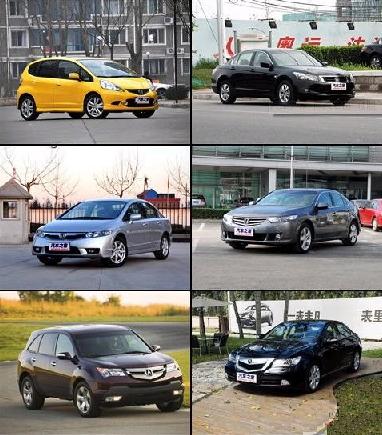

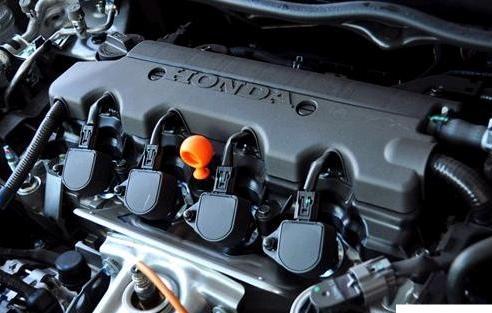
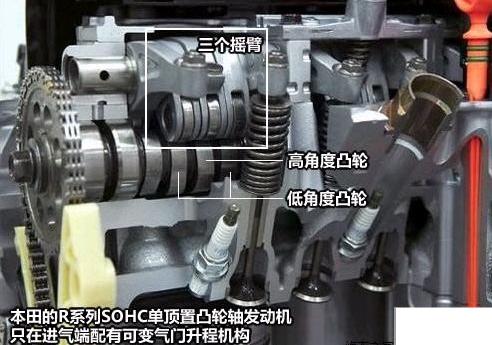
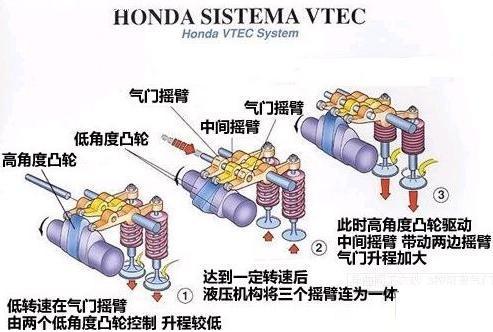

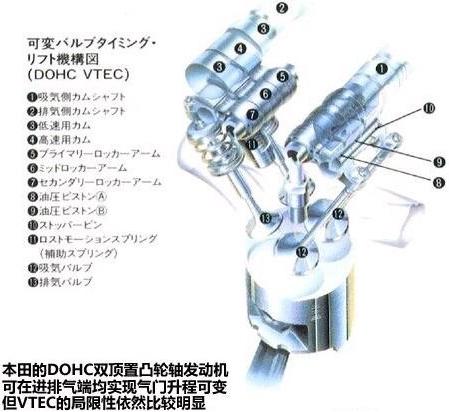
Application models: Infiniti G37, Infiniti FX50 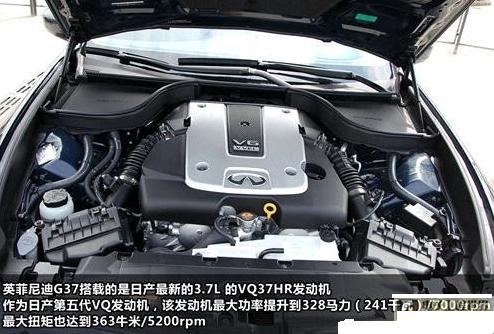
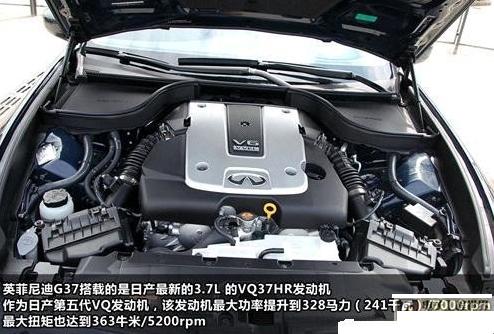

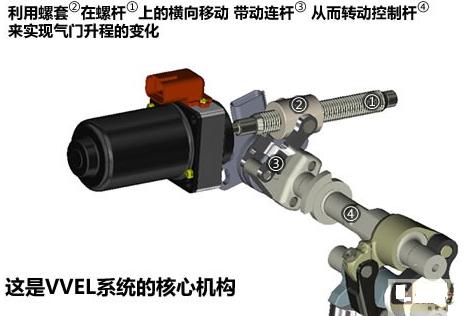
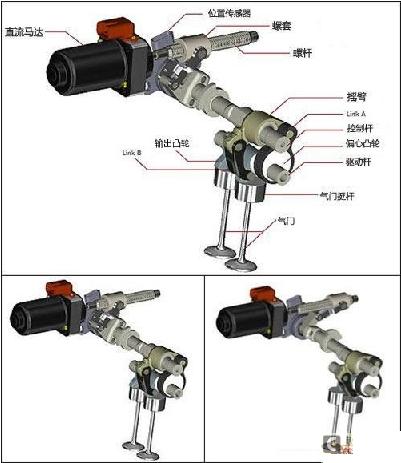

Application models: BMW models except M3 and M5 currently on sale in China 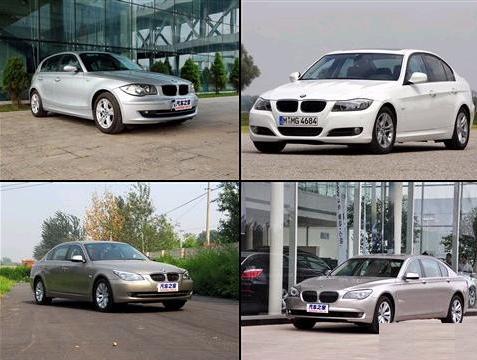

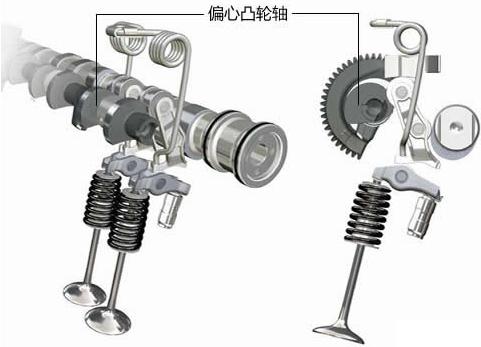
At present, among the models on the market, including many models of our own brands that we are familiar with, a large part of the engines have been equipped with variable valve timing systems, although there is still a certain gap between the technical level of various manufacturers and models. But on the whole, the variable valve timing system has become a more popular technology and seems a bit used to.
June 11, 2020